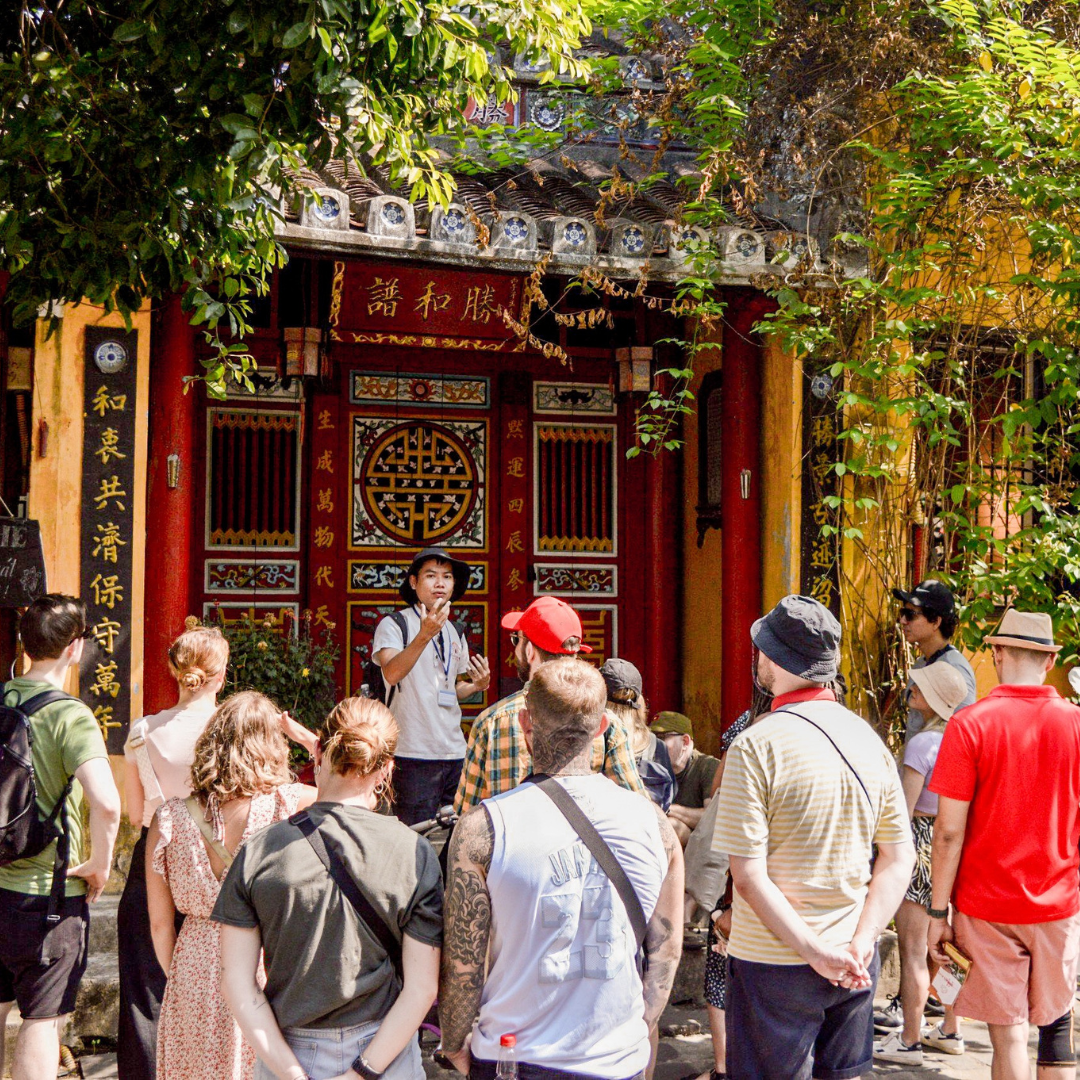The Rich History And Cultural Significance Of Quan Cong Temple In Hoi An
Quan Cong temple serves as a spiritual haven for locals and a fascinating insight into the religious practices of Hoi An’s diverse community. Visitors can witness traditional rituals and offerings, experiencing firsthand the deep-rooted cultural traditions that have been preserved for centuries Discover the rich history and cultural significance of Quan Cong Temple in Hoi An, a must-visit destination for history enthusiasts and cultural explorers.
Who is Quan Cong or Guan Yu?
Guan Yu (160-220) was a famous general of China during the Three Kingdoms period (222-265). This was when China was divided into 3 separate territories under the rule of the feudal dynasties of Shu, Wei, and Wu. In China, if Confucius is seen as the Saint of Culture, then Guan Yu is seen as the Saint of War. People admired Guan Yu’s fighting skills, loyalty, and sense of justice, so after his death, he was deified and worshiped by the Chinese people.
The reason Quan Cong Temple is in Hoi An
In the 17th century, in China, there was a transition of power between the Ming and Qing dynasties. The Qing dynasty overthrew the Ming dynasty and ruled over China. As a result, many Chinese people who supported the Ming and opposed the Qing dynasty migrated from China to the South. in which, a large part has settled down in Hoi An. They lived and did business with local people here. They also preserved their own culture and together with local people built the Quan Cong temple to worship one of the most well-known figures in Chinese history. Quan Cong Temple is not only a place where the Chinese remember his merits and talents, but also a place to connect people who come from the same homeland.
In the past, whenever people in Hoi An did business with one another, they often went to Quan Cong temple to discuss and make a deal. It is believed that those who do something wrong and do not keep their promises will be punished by Quan Cong. It shows that people always put trustworthiness as the top priority when doing business.
The special about Quan Cong Temple
The layout of the Quan Cong temple was built following the shape of the character “Quoc” (國) in Chinese. It means “nation” and includes four sections: a front hall, right and left rows of houses, and the main shrine. These houses are linked together by rafters and roofed with colorful glazed pipe-shaped tiles and their top edges are carved with sculptures of holy animals such as dragons and unicorns. In the main shrine, you will easily notice the Quan Cong statue depicted with a red face, a long beard, and a heavy blade. The red face represents bravery, loyalty, and righteousness. Legend has it that his blade is as heavy as 5 gallons of water.
Conclusion
The Quan Cong Temple in Hoi An architectural grandeur, adorned with intricate carvings, vibrant murals, and elaborate altars, reflects the harmonious blend of Vietnamese, Chinese, and Japanese influences that characterize Hoi An’s unique cultural tapestry. Beyond its aesthetic appeal, the temple serves as a spiritual hub for both locals and visitors, offering a glimpse into the spiritual practices and communal values that have shaped Hoi An over centuries. By preserving such historical landmarks, Hoi An not only honors its past but also fosters a deeper appreciation for the cultural diversity that continues to define its identity. The Quan Cong Temple remains a vital cultural and historical cornerstone, inviting all to explore and cherish Hoi An’s enduring heritage.




